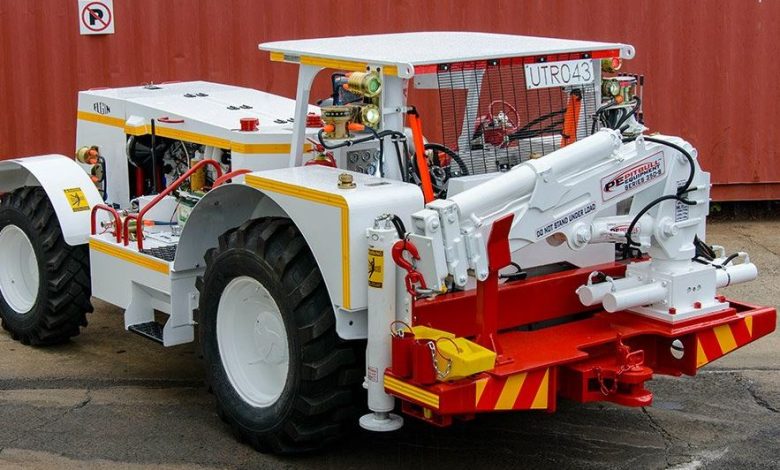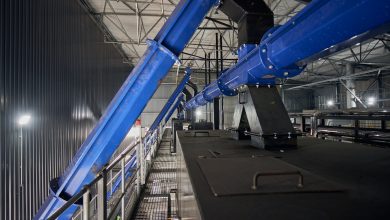
Mining companies cannot be selective on which regulations they should comply with, fire protection being no exception. Tough trading conditions do not give mining companies the leeway to shirk responsibility.
By Nick Barnes
In all countries, regulations compel mining companies to adopt all measures at their disposal to guarantee the safety of their employees. Fire protection ranks as one of the areas which should be highly prioritised in this pursuit. This is given that mines have typically explosive conditions.
In South Africa, for instance, Regulation 10.2 of the Mine Health and Safety Act, 1996 (Act. No 29 of 1996) is unequivocal in stressing the onus on mining companies: “The employer must take reasonably practicable measures to prevent persons from being injured in any hazardous location as a result of fire, explosion or the ignition of gas, dust, mist or vapour.”
Is compliance too onerous?
Clearly, implementation is not optional but obligatory. However, there is a concern – and rightly so – that regulations are becoming too onerous for mining companies to follow. The huge cost of compliance to mining companies is frequently cited. Since companies are already inundated with many obligations, it makes the cost of keeping operations running very expensive, so the argument goes.
Terms of mining licence
Nevertheless, this thinking is as flawed as planning to be on the battlefield and expecting to overcome a formidable enemy, yet unwilling to acquire potent weapons because of fearing the cost of overcoming a formidable enemy. In fact, one of the conditions of mining licences obligates mining companies to devotedly implement all key Environmental, Social and Government (ESG) requirements in their operations. Beyond a reasonable doubt, failure costs a mining company a mining right licence is not renewed.
Compliance is not meant to be cheap
Improving safety or sustaining high safety standards does not come cheap. Therefore, it is preposterous for mining companies to expect to profit from their assets while neglecting basic safety requirements to which they had committed to adhering to qualify for the licence. You cannot have your cake and have it, as the saying goes.
Priorities in implementation
Implementation of explosion protection measures, as an essential part of the Mine Health and Safety Act (MHSA), cannot be at an organisation’s discretion. For mining companies’ own good, regulations even highlight areas where mines should prioritise. They specify the following measures:
- Only explosion-protected apparatus and systems are certified for use in a hazardous location (South African National Standard ARP 0108: 2005);
- Selection of explosion-protected apparatus used in a hazardous location (SANS 10108:2005); and
- Installation, inspection and maintenance of explosion-protected apparatus (SANS 10086-1 2005).
Buck stops on mining companies
When all’s said and done, the buck stops if they aiming to earn handsome returns on their investment, complying with requisite ESG reporting requirements, at whatever costs, is what they should bear. Rules of the game cannot be altered at their convenience, much as current trading conditions – the impact of the Russia-Ukraine comes to mind – will hit profitability.






